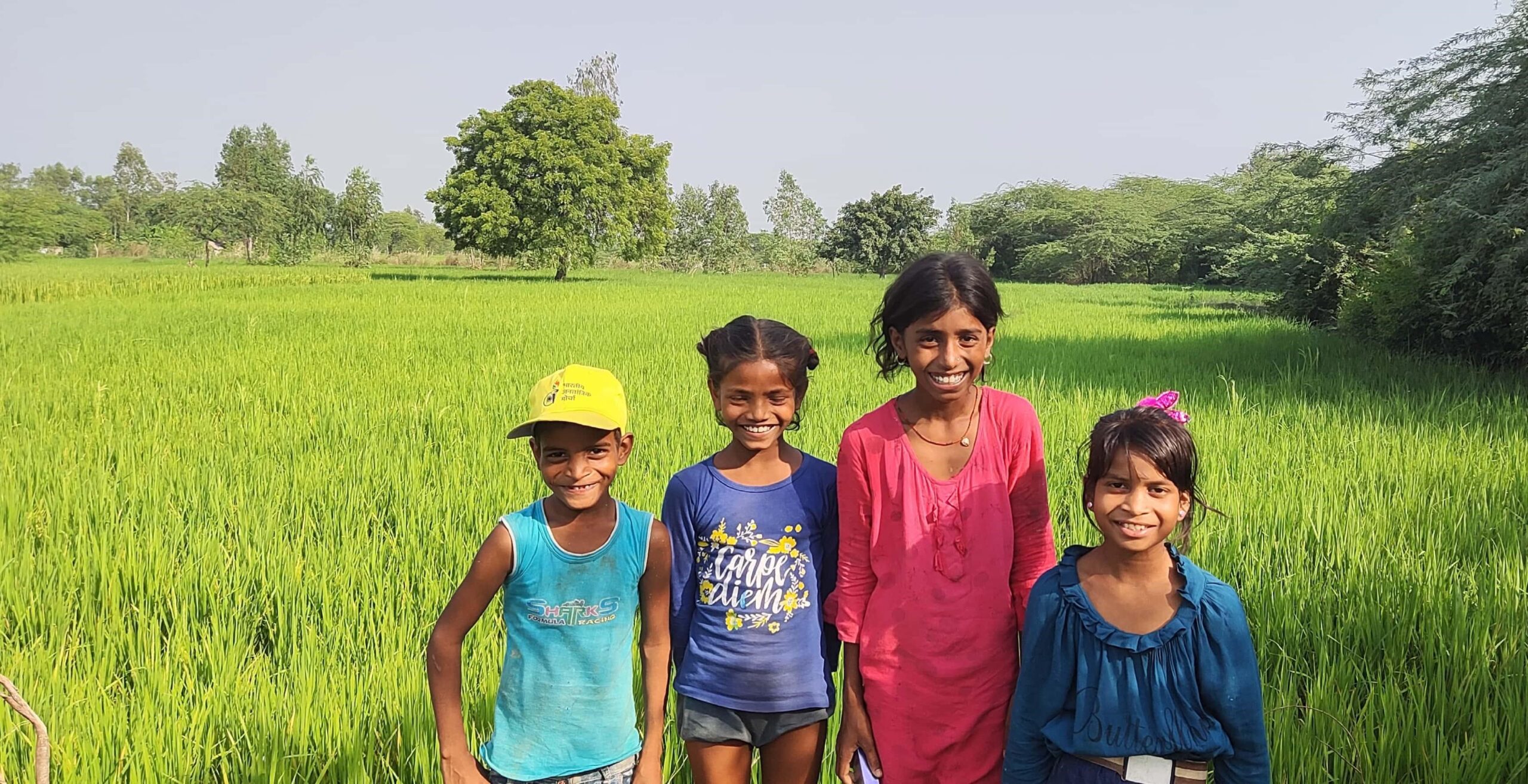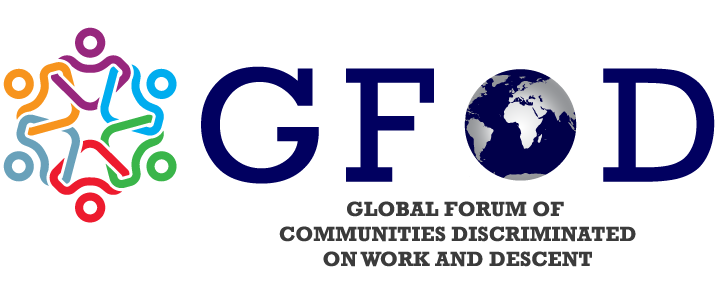
India
India’s Budget Allocations & Expenditure for Countering Modern Slavery of DWD Communities
Socio-Economic Profile of Communities Discriminated on Work and Descent
According to the 2011 census, ‘Scheduled Castes’ (the official term for Hindu, Sikh, and Buddhist Dalits) constitute 201 million people. This figure does not include Dalits who have converted to or are born and raised within, a non-Hindu religious community such as Muslims and Christians. The total Dalit population, therefore, exceeds the official data.
Based on Hindu religious philosophy, Indian society is divided mainly into four castes, or varnas, namely Brahmins, Kshatriyas, Vaishyas, and the Shudras, who are at the bottom of the hierarchy. Some who fall outside the caste system are known as “untouchables”. However, a caste system can also be seen among other religions like Buddhism, Sikhism, Christianity, and Islam who are mainly converts from Hinduism.
In India, caste is used as a mechanism to socially organise people into caste groups, wherein their rights are determined by birth and are fixed. Untouchability as a practice has imposed strong disabilities on people just on the basis of their position in the caste ladder, and it still continues to be a reality for certain sections of society.
Based on the concept of purity and pollution, Dalits are engaged in the most ‘unclean’ and menial occupation. There are over 1.2 million Indians engaged in manual scavenging; of these, over 95% are Dalits, who are compelled to undertake this inhuman and degrading task under the garb of “‘traditional occupation”.
Though the practice of untouchability has declined to a certain level in the public sphere incidence of violence against Dalits have not shown a similar pattern. They remain persistent in different forms like murder, individual and gang rape, physical assault, verbal abuse, naked parading, and so on.
Women constitute almost half the total scheduled caste (SC) population, but they experience many forms of discrimination arising from their low social position in the caste system. “‘They are targeted as a way of humiliating entire Dalit communities. This undermines not only their dignity and self-respect but also their rights to equality and development. The nature of violence against Dalit women is accompanied by equally systemic patterns of impunity for the perpetrators”.
Dalits are the worst sufferers in the unequal social order. Practices like the Devadasi system, exploitation of Dalit labour through beggary (free labour), bonded labour, or child labour are still common. In India, the anti-caste movement began in the 19th century under the inspiration of Jyotiba Phule and was carried on under the leadership of Dr. B. R. Ambedkar, who launched a national struggle against untouchability and for the liberation of Dalits.
In spite of constitutional safeguards and special legislation for the protection of ‘Scheduled Castes’, violations of their fundamental human rights continue on a massive scale. Atrocities committed against Dalits with impunity exist because the implementation of relevant national legislations [e.g., the SC’s and ST’s Prevention of Atrocities (POA) Act 1989] in India remains weak, and conviction rates are shockingly low.
India responds to international attention to caste discrimination by referring to it as an “‘internal issue” and a “family matter”, which the UN and its member-states are not entitled to deal with, especially since constitutional and legal protective mechanisms are already in place. Unfortunately, the issue here is that relevant legislations are not implemented and are even flouted with gross impunity.
DWD Population in Asian Countries (in million)
India’s CDWD Representation (in million)
Latest from India
-
‘Supreme Court of India’s verdict protects rights of CDWD in Modern Economy’
On Friday, the Supreme Court of India, the country’s Apex court, dismissed a Special Leave Petition (SLP) filed by the Government of Maharashtra, one of the largest states in India, upholding a landmark judgment by the Bombay High Court. This judgment recognized intellectual property damage as compensable under the Scheduled Castes and Scheduled Tribes (Prevention…
-
India: Dalit researchers win landmark Intellectual Property Compensation in atrocity case
New Delhi: One of the biggest challenges faced by Communities Discriminated by Work and Descent is recognition of their efforts and acknowledgement of their work as intellectual property. This makes it much more difficult for CDWD to not only get due recognition but also receive adequate compensation for their hard work. However, a landmark judgement…

